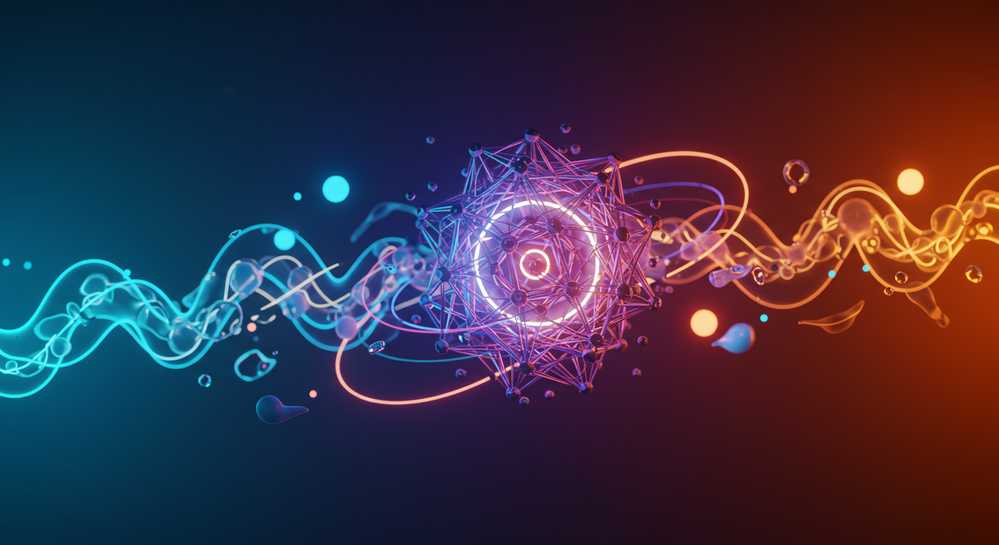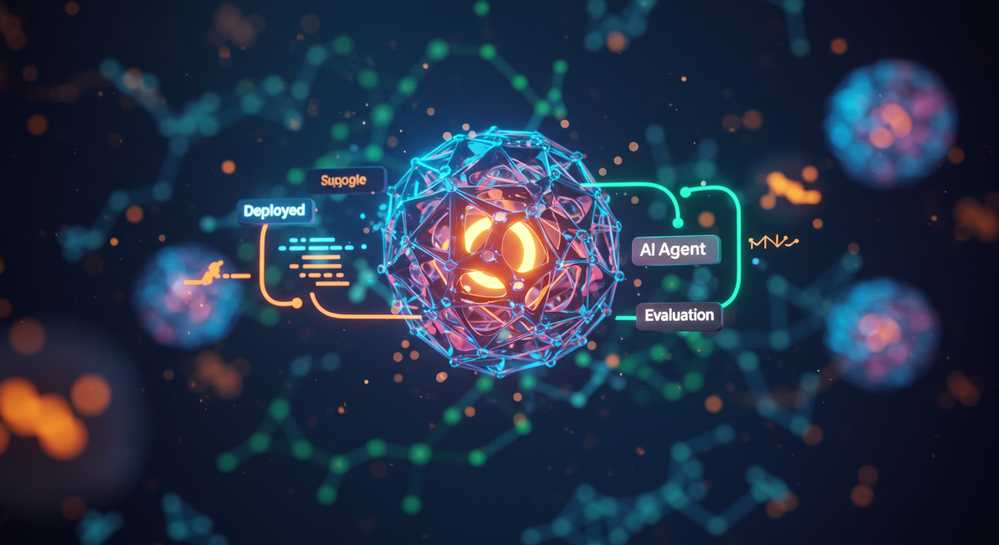The world of artificial intelligence is rapidly evolving, with autonomous agents playing a pivotal role in pushing boundaries. On platforms like Kaggle, understanding and building a kaggle ai agent is becoming essential for participants aiming to excel. These intelligent systems are designed to interact with complex environments, learn from data, and make decisions independently, offering a powerful edge in machine learning competitions. This guide explores the core concepts and practical steps to master the development of effective AI agents.
Contents
Understanding the Kaggle AI Agent Ecosystem

A Kaggle AI agent represents an autonomous program designed for competitive interaction within specific Kaggle environments. These are often complex game or simulation challenges. Unlike traditional machine learning models, agents dynamically receive observations, process data, and execute actions in real-time or turn-based settings. This interactive paradigm necessitates advanced decision-making under uncertainty and sequential reasoning, distinguishing it from static prediction tasks. The robust Kaggle ecosystem provides essential APIs and frameworks, facilitating seamless communication and rigorous evaluation against other agents.
Ecosystem Dynamics and Agent Development
The Kaggle AI agent ecosystem fosters continuous innovation through its competitive structure. Developers must master observation processing, transforming raw environmental data into actionable insights. Effective decision-making logic, often powered by reinforcement learning or game theory, then guides optimal action selection. This iterative process of action execution and learning mechanism refinement is crucial for an agent’s success. Understanding these dynamics is vital for anyone looking to build powerful AI trading bots or competitive AI systems.
- Interactive Learning Loops: Agents constantly adapt their strategies based on environmental feedback and opponent actions.
- Scalable Evaluation: The platform rigorously tests agents against diverse scenarios and other submissions.
- Community-Driven Innovation: Public kernels and discussions accelerate collective understanding and agent design.
Designing Your First Kaggle AI Agent

Building an effective Kaggle AI agent starts with a clear design strategy. Thoroughly understand the competition rules, environment dynamics, and observation spaces. This foundational knowledge is paramount for effective agent behavior. Successful agents often begin with a simple baseline, progressively adding complexity. Carefully consider trade-offs between computational resources, decision latency, and model accuracy. A rule-based agent is an excellent starting point for beginners to grasp environment mechanics.
Choosing the Right AI Paradigm for Your Agent
Selecting the appropriate AI paradigm is crucial for your Kaggle AI agent. Each approach offers distinct advantages, depending on the competition’s nature and complexity. Understanding these differences helps in building a robust and competitive solution.
- Reinforcement Learning: Excels in environments requiring sequential decision-making with clear reward signals. Techniques like Q-learning or Proximal Policy Optimization (PPO) are widely applied.
- Heuristic-Based Agents: Simple, fast, and interpretable, these agents leverage predefined rules and expert knowledge for effective decision-making.
- Monte Carlo Tree Search (MCTS): Highly effective for turn-based games with discrete actions, MCTS explores future states to identify optimal moves.
- Evolutionary Algorithms: Useful for evolving agent strategies or neural network weights, particularly when reward signals are sparse or complex.
Strategic Development and Optimization Techniques
Optimizing your Kaggle AI agent demands strategic development practices beyond just powerful algorithms. Iterative refinement is crucial: start with a simple agent, rigorously test its performance, and then identify areas for improvement. Data augmentation and synthetic data generation become vital, especially in complex environments with limited real-world interactions. Furthermore, meticulous feature engineering for observations significantly enhances an agent’s ability to learn and make informed decisions.
Advanced Optimization Strategies for Kaggle AI Agent
To elevate your Kaggle AI agent’s performance, consider implementing advanced optimization strategies. These techniques address common challenges in competitive AI, pushing your agent towards top-tier results.
- Curriculum Learning: Begin training on simpler environment versions or easier tasks. Gradually increasing complexity accelerates learning and improves stability.
- Ensemble Methods: Combine multiple agents or diverse decision-making models. This approach leverages individual strengths and mitigates weaknesses, leading to more robust performance.
- Hyperparameter Tuning: Systematically adjust your learning algorithms’ parameters, such as learning rate or network architecture. This process finds optimal configurations for peak efficiency.
- Code Optimization: Ensure your agent’s code is highly efficient. This is critical for meeting strict time limits during competition evaluation, with profiling tools helping identify bottlenecks.
Deploying and Evaluating Your Kaggle AI Agent

Once developed, correctly deploying your Kaggle AI agent is critical for competition success. Kaggle provides a specific submission environment where your agent’s code runs against other participants. Adhering to the specified file structure, dependencies, and entry point is crucial. Rigorous local testing against various opponents and scenarios is highly recommended before official submission. This proactive approach helps catch potential errors and accurately evaluates performance. Simulating the competition environment locally can save valuable submission attempts.
Best Practices for Kaggle AI Agent Evaluation and Debugging
Effective evaluation and debugging are paramount for refining your Kaggle AI agent. These practices ensure robust performance and provide clear insights into agent behavior.
- Reproducibility: Ensure consistent agent performance across multiple runs by fixing random seeds. This is vital for accurate debugging and comparing different agent versions.
- Logging and Visualization: Implement robust logging to track your agent’s observations, decisions, and rewards. Visualizing agent behavior offers invaluable insights into its strengths and weaknesses.
- Opponent Simulation: Test your agent against a diverse set of opponents. Include simple rule-based agents and more sophisticated ones to understand its robustness and adaptability.
- Version Control: Utilize Git or similar version control systems to manage different iterations of your agent. This allows for easy rollback and precise tracking of changes.
Mastering the development of a Kaggle AI Agent is a journey into advanced machine learning and strategic problem-solving. By focusing on robust architecture, continuous learning, and adaptability, you can create agents that not only perform exceptionally but also push the limits of what’s possible in competitive AI. Embrace these principles to elevate your data science capabilities and achieve new heights. Explore more cutting-edge AI insights at Best Dex Sniper Bots.